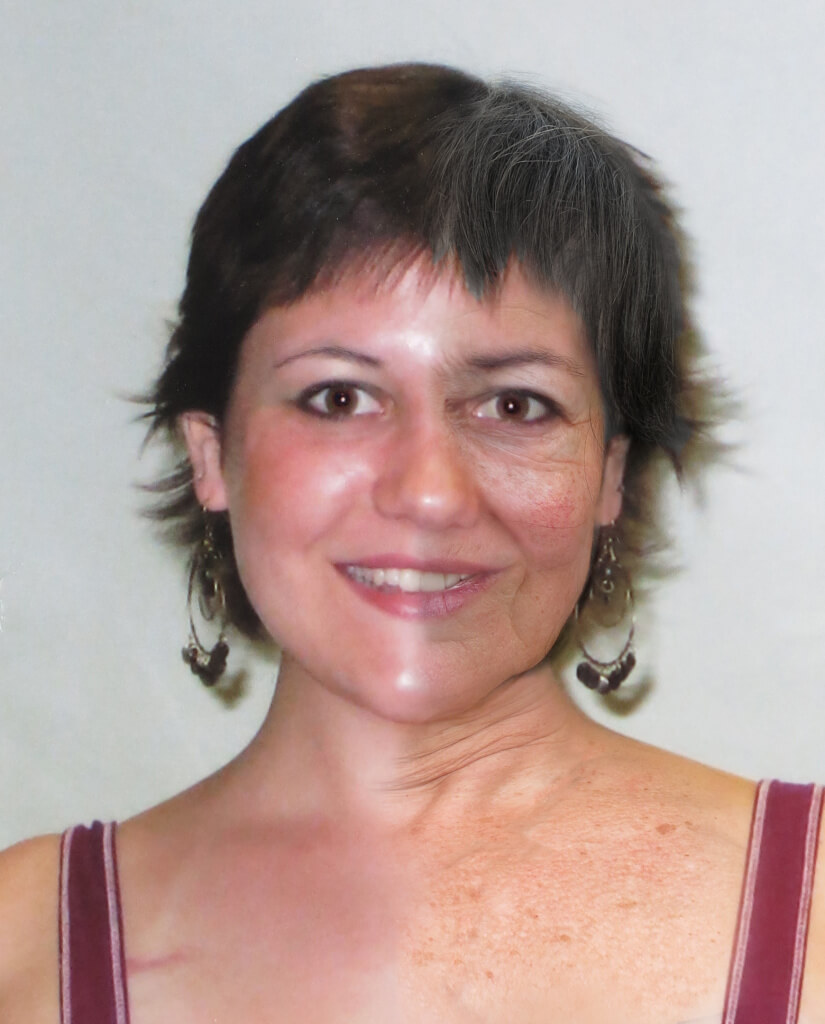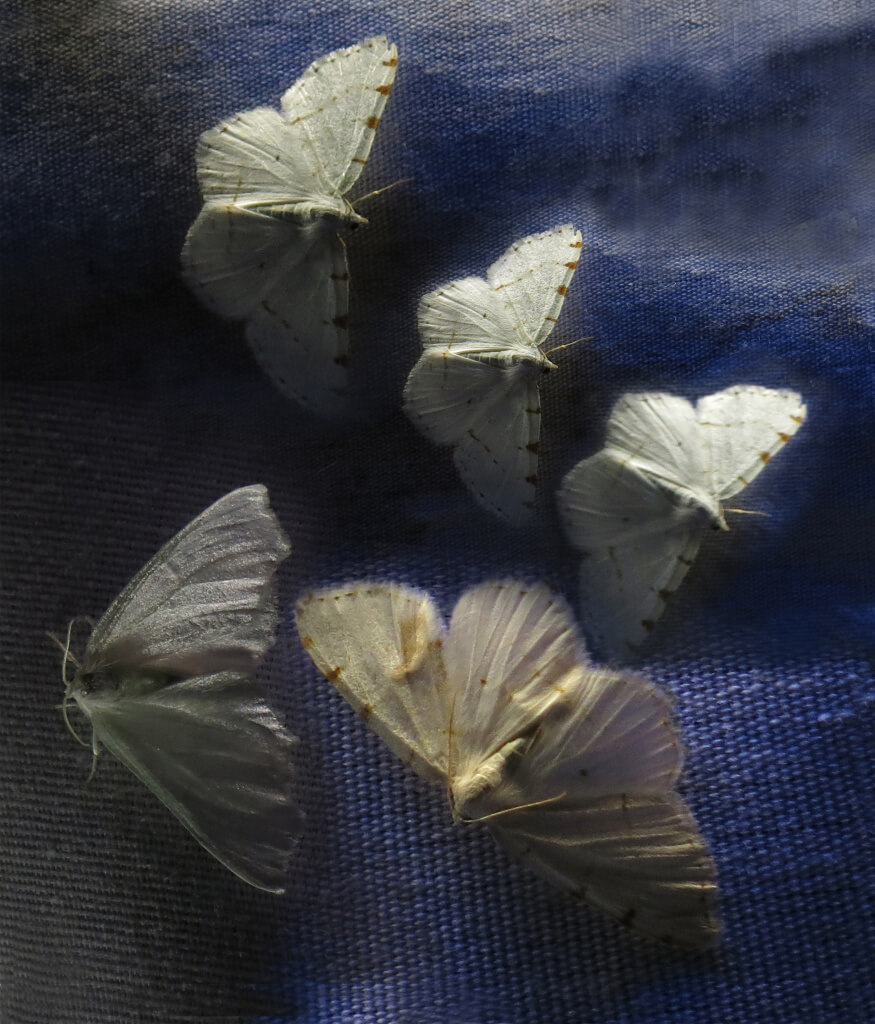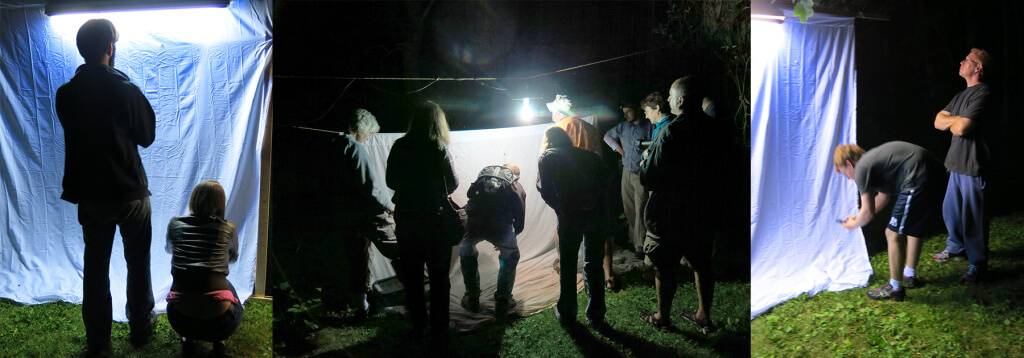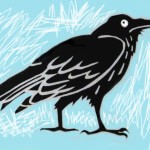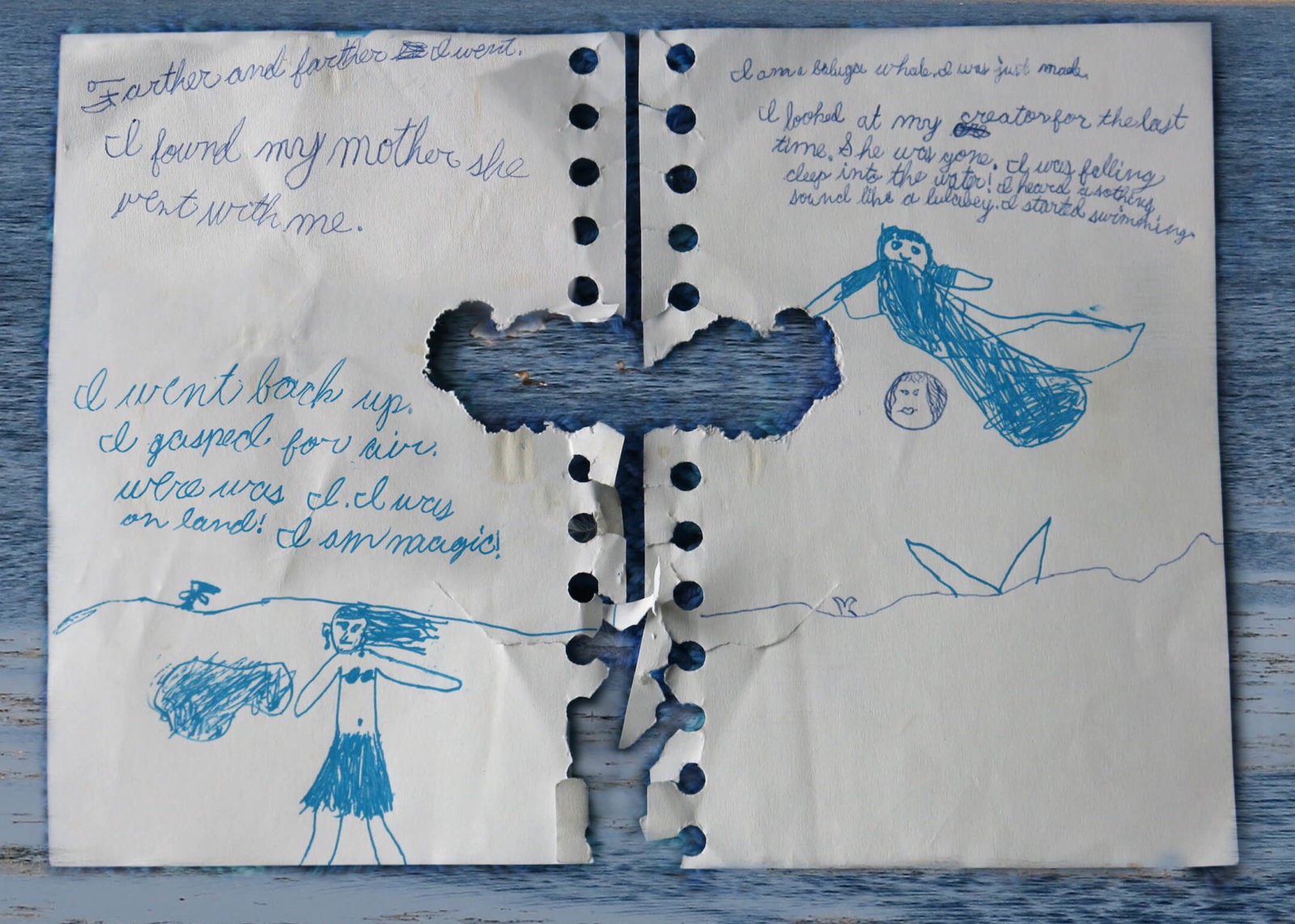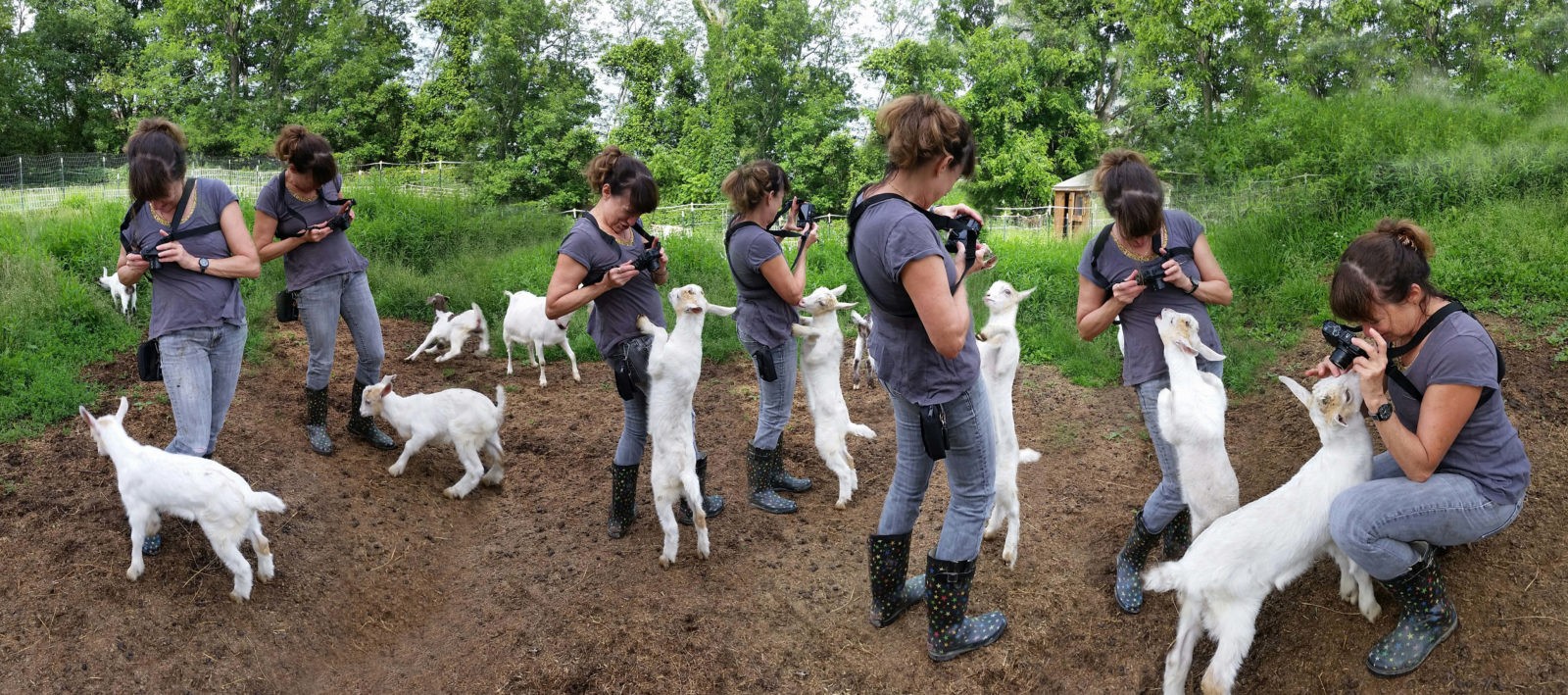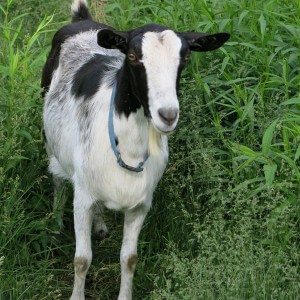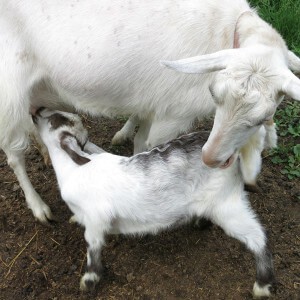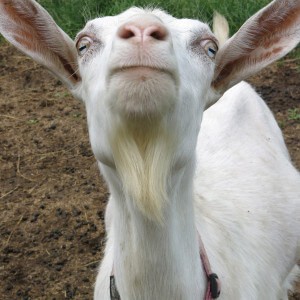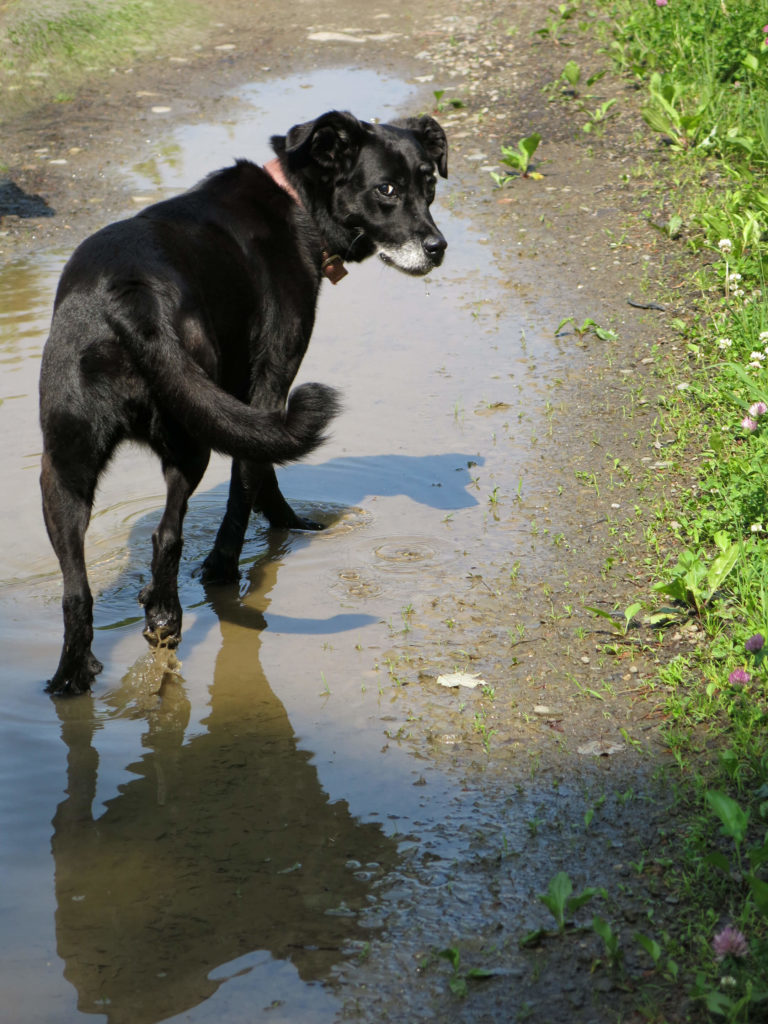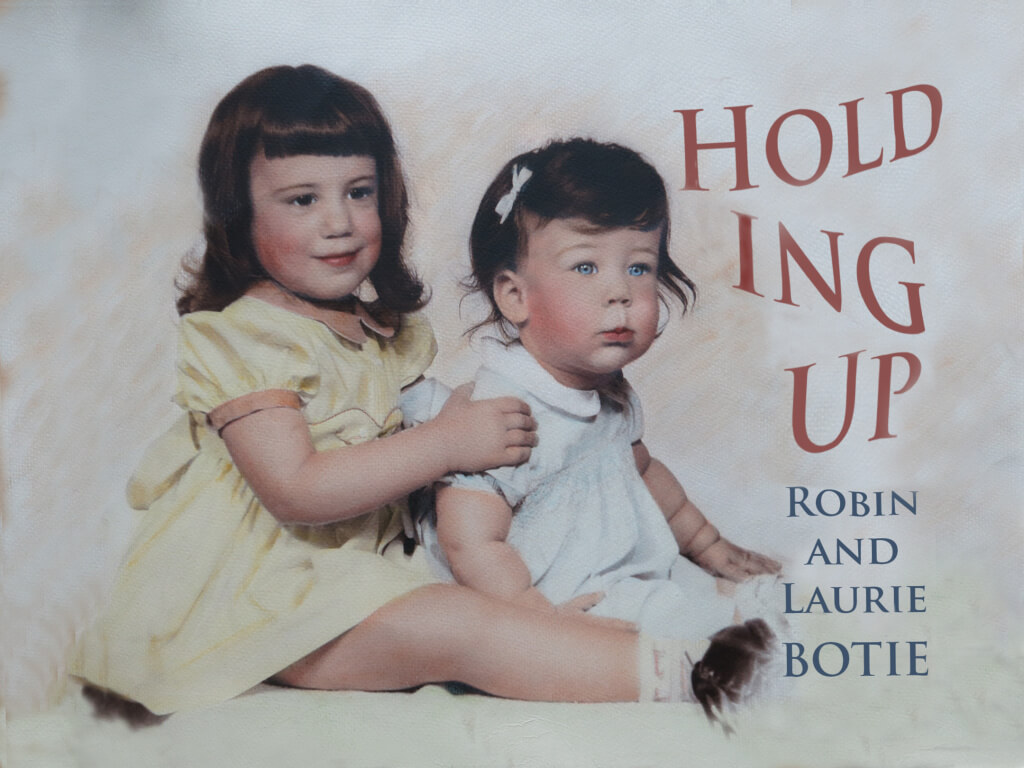 “Hold up yaw sistuh,” my mother said years ago as she posed us for a photograph. But my sister didn’t need my support, even then. Most of my life I’ve hung onto her because I depended on and needed her, and didn’t want her to fly off without me.
“Hold up yaw sistuh,” my mother said years ago as she posed us for a photograph. But my sister didn’t need my support, even then. Most of my life I’ve hung onto her because I depended on and needed her, and didn’t want her to fly off without me.
This past weekend we got together to celebrate her birthday, at my mother’s place. Shortly after we arrived, the conversation turned to last week’s blog post where I’d Photoshopped an age progression on a picture of my daughter who died.
“Why do you feel the need to do that?” my mother asked.
I am not going to share who said what about letting go, hanging on, moving on, and so forth, in the skirmish that followed. It got me wondering about the differences.
Holding up is to keep something from getting away or falling, to keep in high regard, to endure. You’re holding up quite well under the circumstances, I like to hear, as opposed to why do you have to keep hanging on? Hanging on is to hold tightly, to grasp, perhaps in desperation. Hanging on is waiting, persisting with some effort despite difficulties or setbacks. It is clutching at something and letting it lead you who-knows-where, maybe even allowing it to drag you backwards or under.
“I am not hanging on,” I insisted, and then announced, “I’m gonna hold Marika forever.”
Are you hanging on to someone or something for dear life? Or are you holding up your dearest memories of a most precious one in order to honor her and recycle your love for her into something more. Can you carry the one you love, and thought you lost, into your future even when others are telling you to get over the loss?
I’m not saying whose resolve was not budging and who was close to tears defending her position.
“I loved your latest post and the age progression photo you did,” my sister said. I shut up and smiled gratefully. She had my back and was holding me up this time.
